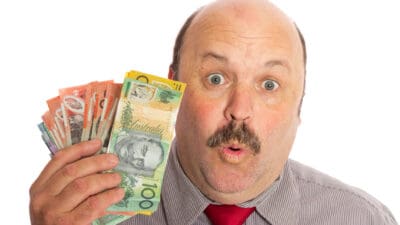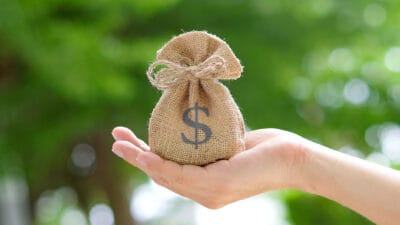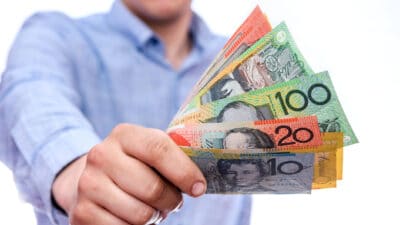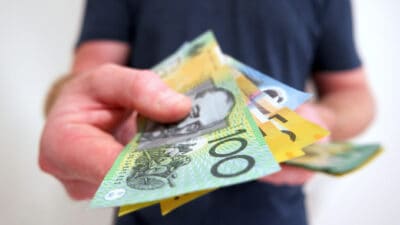ASX dividend shares are a popular investment choice for Aussies who want to generate investment income. But, there's an argument to say that it could harm returns for some businesses over the long term.
There are plenty of high-quality businesses on the ASX that are among the best at what they do, such as Commonwealth Bank of Australia (ASX: CBA), BHP Group Ltd (ASX: BHP) and Telstra Group Ltd (ASX: TLS).
Investors may expect a high level of dividend income from these businesses each year. But for plenty of companies, there could be better uses of money.
Growth spending is better?
When a business makes a profit, there's a variety of different things that the management could do with that money.
One of the most popular things for them to do in Australia is to pay a dividend. Investors like to receive a 'real' return. Institutional investors may want to get that cash out of the business – boosting their short-term returns.
But, that ASX dividend (yield) may only be worth a few percent in investors' hands. It could be worth less than 1%.
Some, or all, of that money, could be re-invested back into the business and generate a much better return.
A business could open a new, advanced, manufacturing plant. It could use the cash to open a few new stores in a new city/country. It could hire more sales people, or spend a bit more on developing the next product or service.
Some businesses can generate enormous returns on money invested in the business. This can be measured in a few different ways such as the return on equity (ROE) or return on capital (ROC). Those figures are good indicators of how much money the company is earning on the cash that has been invested in the business by the business.
For example, Wesfarmers Ltd's (ASX: WES) ROE in the first half of FY23 was 32.8%. It could make sense for Wesfarmers to retain more of its cash and achieve a high internal return, which would hopefully translate to a boost to profit, the share price and dividends down the line.
Berkshire Hathaway is a great example of what a great business (and investor) can do with retained profit. Warren Buffett's business has achieved a compound annual gain of 19.8% per annum between 1965 to 2022 – that's a total return of 3,787,464%.
The US giant has a policy of not paying a dividend because the cash is worth more to investors staying in the business than as a dividend. If it had paid a dividend, Buffett would have had a smaller money pile to compound, so it would have grown into a smaller amount over the years, even if he achieved the same investment returns in percentage terms.
Tax can also have an impact on the effectiveness of paying dividends. When a company makes a profit, it generally pays tax on that net profit. Not only has the company paid tax, but then the individual typically has to pay tax on the dividend too, particularly if they're in a high tax rate. The shareholder's wealth, on paper, can be reduced by receiving the dividend.
ASX dividends can make sense
There are some situations where it does make sense to pay dividends.
For starters, in Australia, companies generate franking credits – a refundable tax offset. It can make sense for the company to unlock the franking credits that it generates. For shareholders with a low (or zero) tax rate, the franking credits give investors an after-tax boost to the cash return.
Plus, a business may not always have a good opportunity to invest that money. That's why I think it's worthwhile investing in businesses that have lots of growth options. But, eventually, a business may not have attractive growth options. In that case, it'd be better to give out the cash than invest it badly or make a terrible acquisition.
For example, Wesfarmers shouldn't keep expanding its Bunnings network until there's a warehouse on every street corner.
I think businesses need to make a careful choice about what's best for the shareholder. But, I do believe it does make sense for some Aussie companies to unlock some franking credits for investors each year, particularly if that's what shareholders want.









